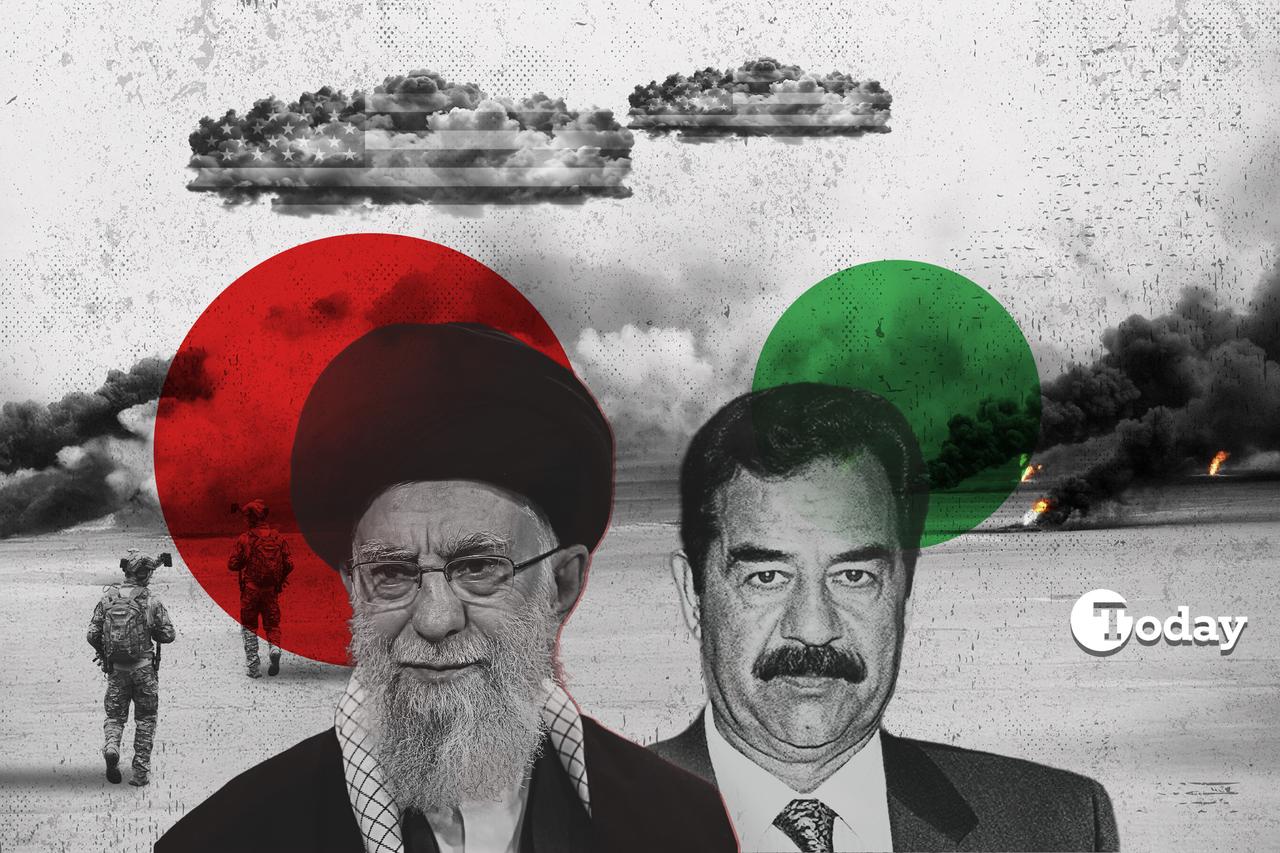
The recent tensions between Iran and Israel have reached a critical level in terms of regional and international security. On June 13, Israel launched attacks on Iran’s nuclear facilities and high-ranking military leaders in various cities, igniting the flare-up of conflict.
As a result of these strikes, the Iranian chief of staff, the commander of the Revolutionary Guards, and at least nine nuclear scientists, along with other Iranian high-level officials, including an aide to the supreme leader Khamenei Ali Shadmani, lost their lives.
Iranian media reported Wednesday that the death toll from Israeli airstrikes across Tehran and other populated areas has risen to 585, with at least 1,326 people injured since the attacks started last week. .
Iran retaliated by targeting Israel with ballistic missiles; these attacks resulted in at least 24 civilian deaths and over 400 injuries.
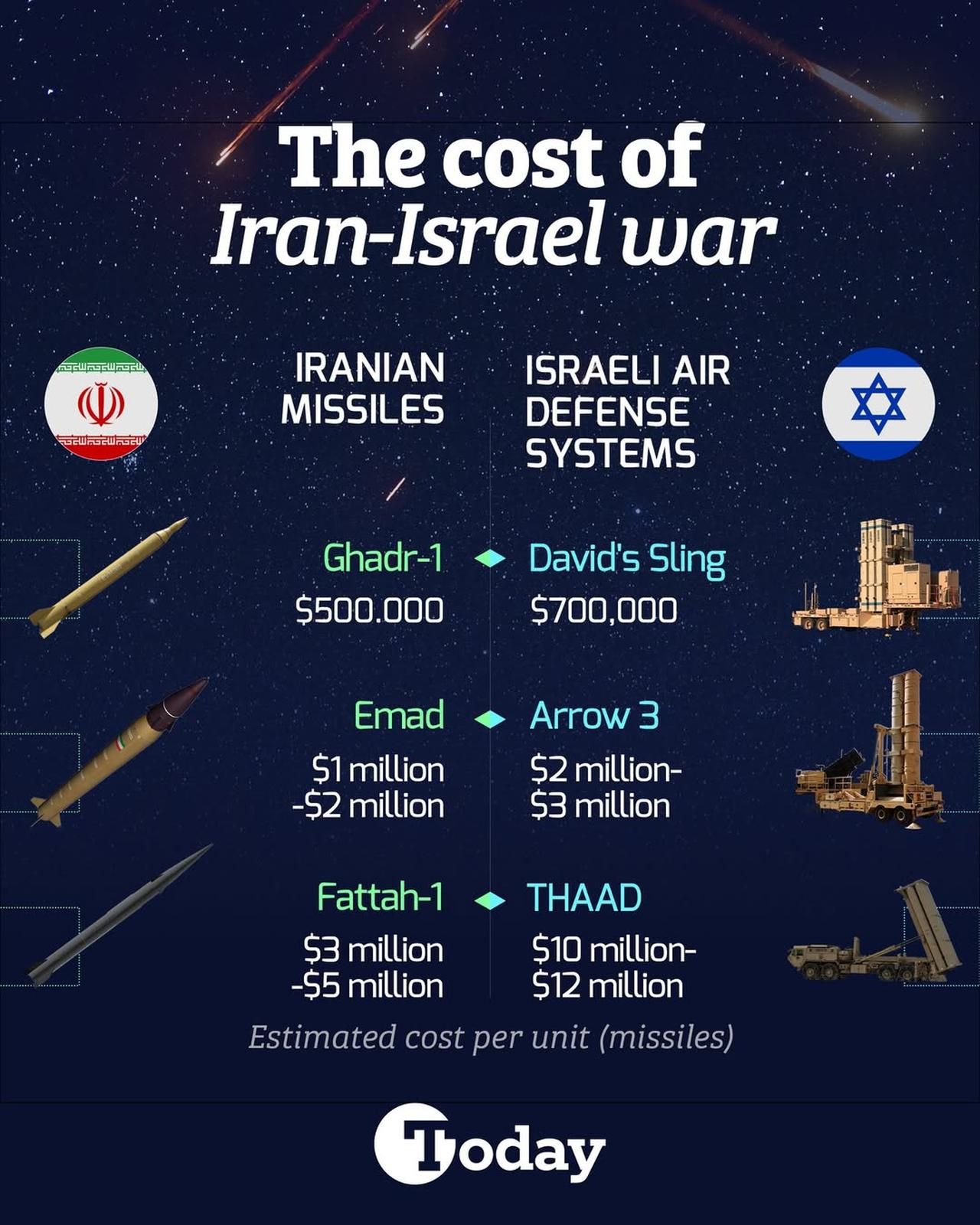
The United Nations and many countries called on the parties to end the clashes, while U.S. President Donald Trump indicated that the U.S. might get involved in the conflict if no agreement is reached. Türkiye and several other countries condemned Israel’s attacks. .
History offers a stark warning: the 2003 U.S. invasion of Iraq was launched on similar claims, with Washington accusing Baghdad of possessing weapons of mass destruction (WMDs)—including, biological, and chemical agents. These claims were later proven false.
Today’s nuclear accusations against Iran may point to a similar scenario. We are in a period where Iran, like Iraq, is not a nuclear weapons holder, yet regional and global policies are shaped around this pretext. This article will examine the facts about Iran’s nuclear program and the impact of these allegations on regional security dynamics in detail.

The 2003 invasion of Iraq, led by the U.S.-led coalition forces, marked a significant turning point in global politics. The main justification for the invasion was allegations that Saddam Hussein’s regime possessed weapons of mass destruction (WMDs). Reports prepared by U.S. intelligence and British intelligence agencies claimed Iraq was running an active WMD program, developing biological and chemical weapons, and threatening regional security.
These reports, combined with heightened security concerns following the Sept. 11 attacks, gained widespread public acceptance and legitimized the war.
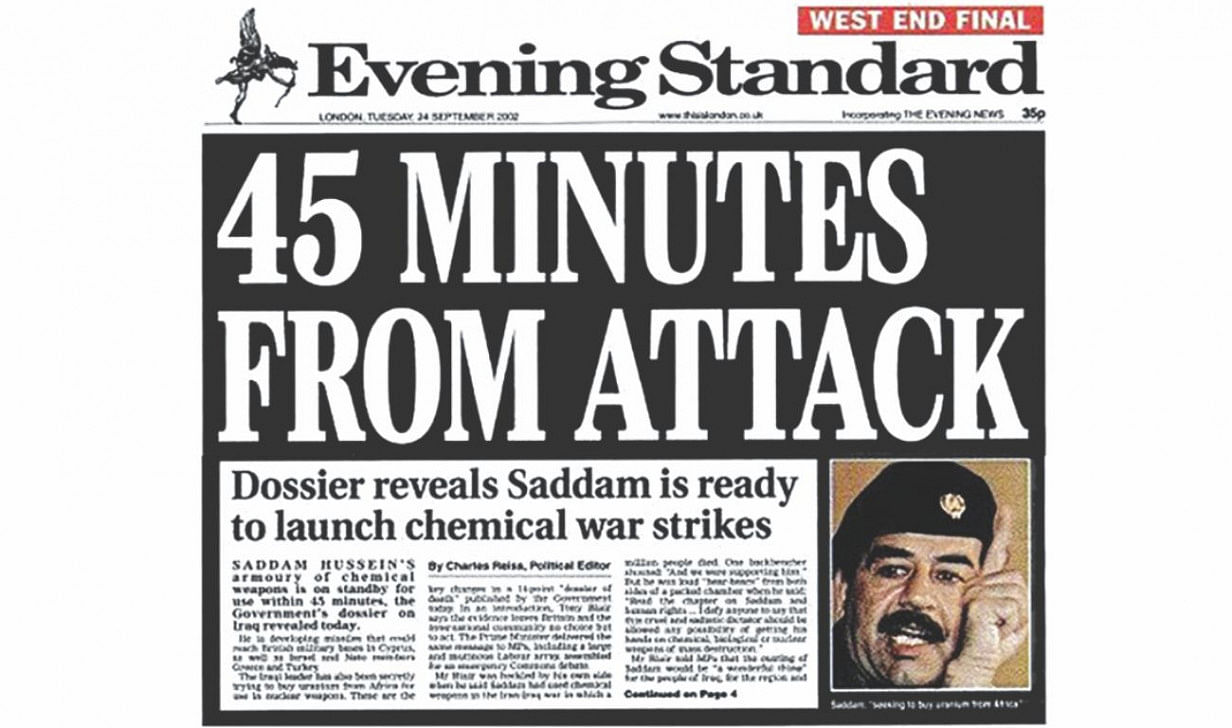
However, prior to the invasion, disagreements arose within the U.N. Security Council regarding Iraq’s weapons inspections. U.N. bodies responsible for weapons inspections in Iraq, particularly UNMOVIC and the International Atomic Energy Agency (IAEA), could not provide concrete evidence of WMDs in Iraq. Multiple inspections on Iraqi soil revealed that Saddam’s regime was not running a comprehensive weapons program. Therefore, the U.N. Security Council did not pass a resolution legitimizing the invasion.

Despite these negative reports from the U.N., the U.S. and the U.K. decided to intervene in Iraq. In March 2003, they entered Iraq without waiting for international legitimacy from the U.N., either unilaterally or within the coalition framework. Then-U.N. Secretary-General Kofi Annan condemned this invasion as “illegal under international law” and opposed the invasion.
The public was bombarded with information by the media and political actors of the time. Reports stating Saddam’s regime possessed weapons of mass destruction made the war seem inevitable. However, the facts revealed after the war were entirely different: no nuclear or other WMDs were found in Iraq. This showed that the fundamental claim underpinning the U.S. and allies’ invasion was baseless.

Despite the invasion, political and social instability in Iraq persisted for years. Hundreds of thousands of civilians lost their lives, the country’s infrastructure collapsed, and sectarian conflicts deepened. Regional power balances were disturbed, and new crises and conflicts emerged in the Middle East. These outcomes provide a powerful example of the consequences of politically manipulating nuclear and WMD accusations.
The experience of the Iraq invasion offers important lessons on how nuclear allegations against Iran should be approached today. If Iran’s nuclear program accusations are used without proof or distorted, the risk of similar tragedies is high. Therefore, the international community must pay more attention to the reports of the U.N. and international inspection bodies and avoid political manipulations.

At the time of the U.S. invasion in 2003, Iraq’s population was approximately 25 million. Estimates of the death toll resulting from the war and its aftermath vary widely, but studies suggest that between 200,000 and over 1 million people—mostly civilians—may have died due to direct violence, infrastructure collapse, and ensuing conflicts. This staggering loss underscores the devastating human cost of military interventions justified by unverified or manipulated claims.
Today, Iran’s population is over 90 million, significantly larger than Iraq’s at the time of the invasion. Any military intervention in Iran could therefore result in even more catastrophic humanitarian consequences.
The scale of potential displacement, casualties, and regional destabilization would be far greater, making it all the more crucial for the international community to rely on verified evidence and diplomatic solutions rather than rushed military actions based on unproven allegations.
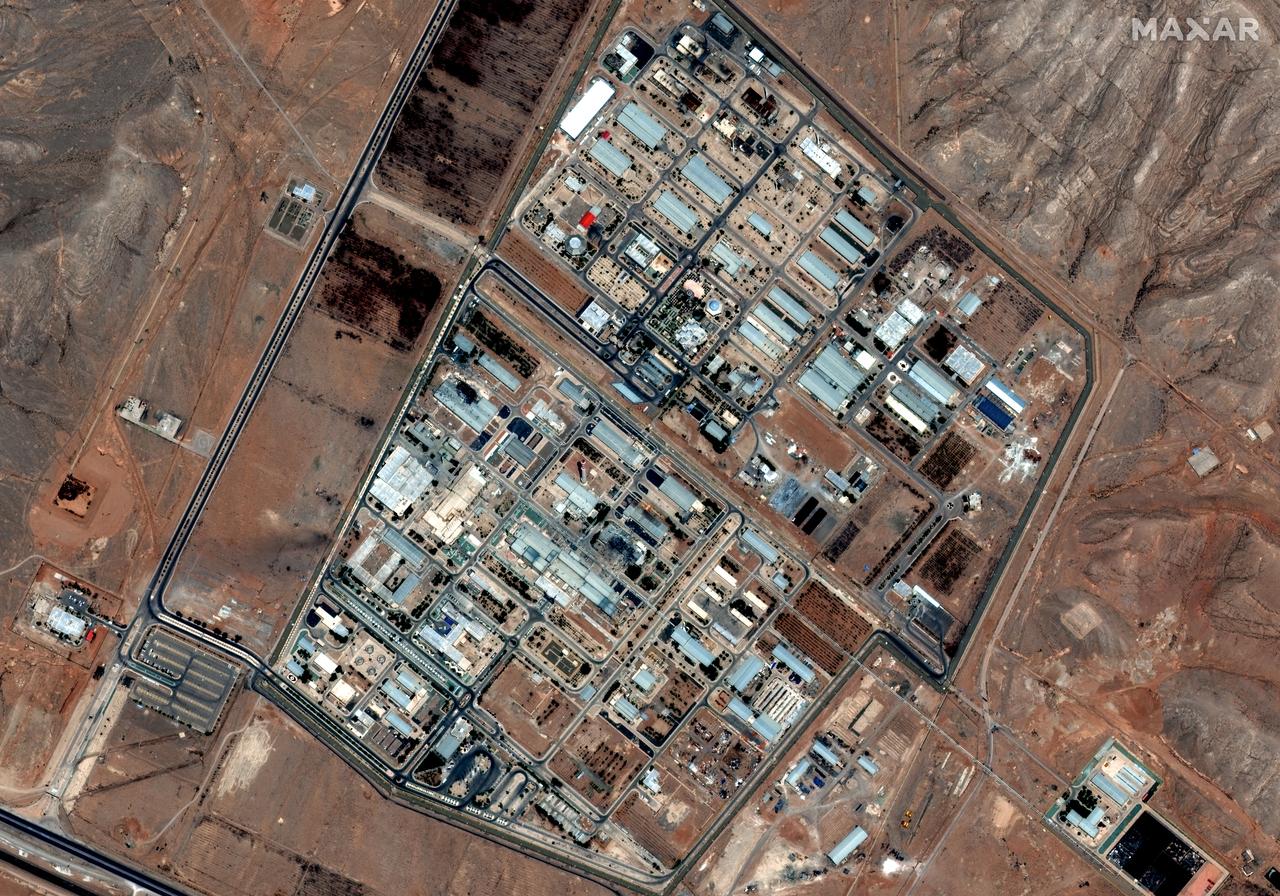
Iran’s nuclear program has long been on the international agenda and has raised significant concerns regarding regional security. However, there is a substantial difference between the actual status of this program and the perception created in international relations.
Iran is a party to the Nuclear Non-Proliferation Treaty (NPT) and has opened its nuclear activities to inspections by the IAEA under this treaty. Iran claims its nuclear activities are primarily for peaceful energy production and medical research. The Fordow Nuclear Facility, in particular, stands out as a significant center for Iran’s uranium enrichment capacity. Uranium is enriched here up to 60%, a level considered theoretically critical for nuclear weapon production; however, experts state that Iran has not yet converted this capacity into weapon manufacturing.
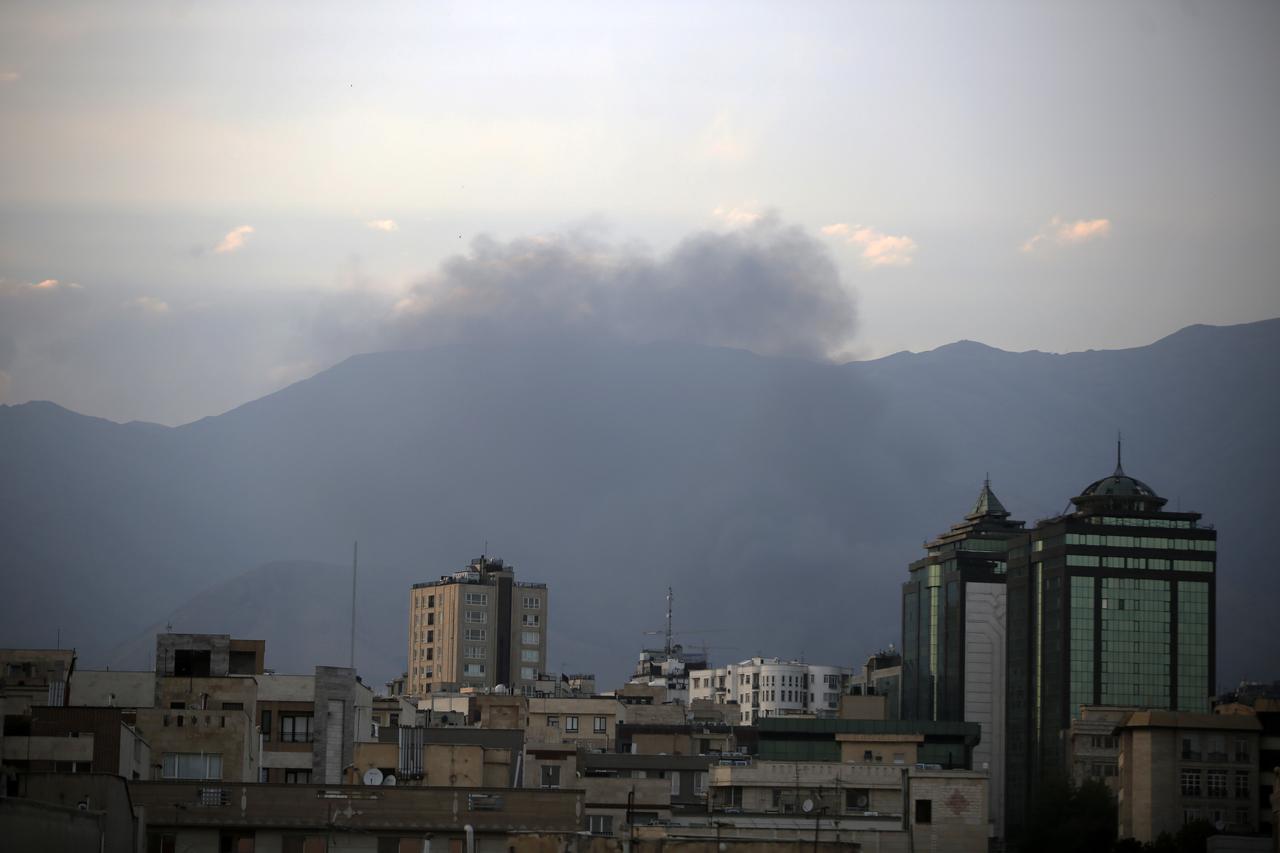
Conversely, countries such as the U.S. and Israel allege that Iran is secretly running a nuclear weapons program and have brought sanctions and military intervention options to the agenda based on this claim. Reports from the IAEA indicating that Iran has not always been transparent in some activities support these suspicions. Iran denies these allegations, claiming that the IAEA reports are politically motivated and that its nuclear program is entirely peaceful.
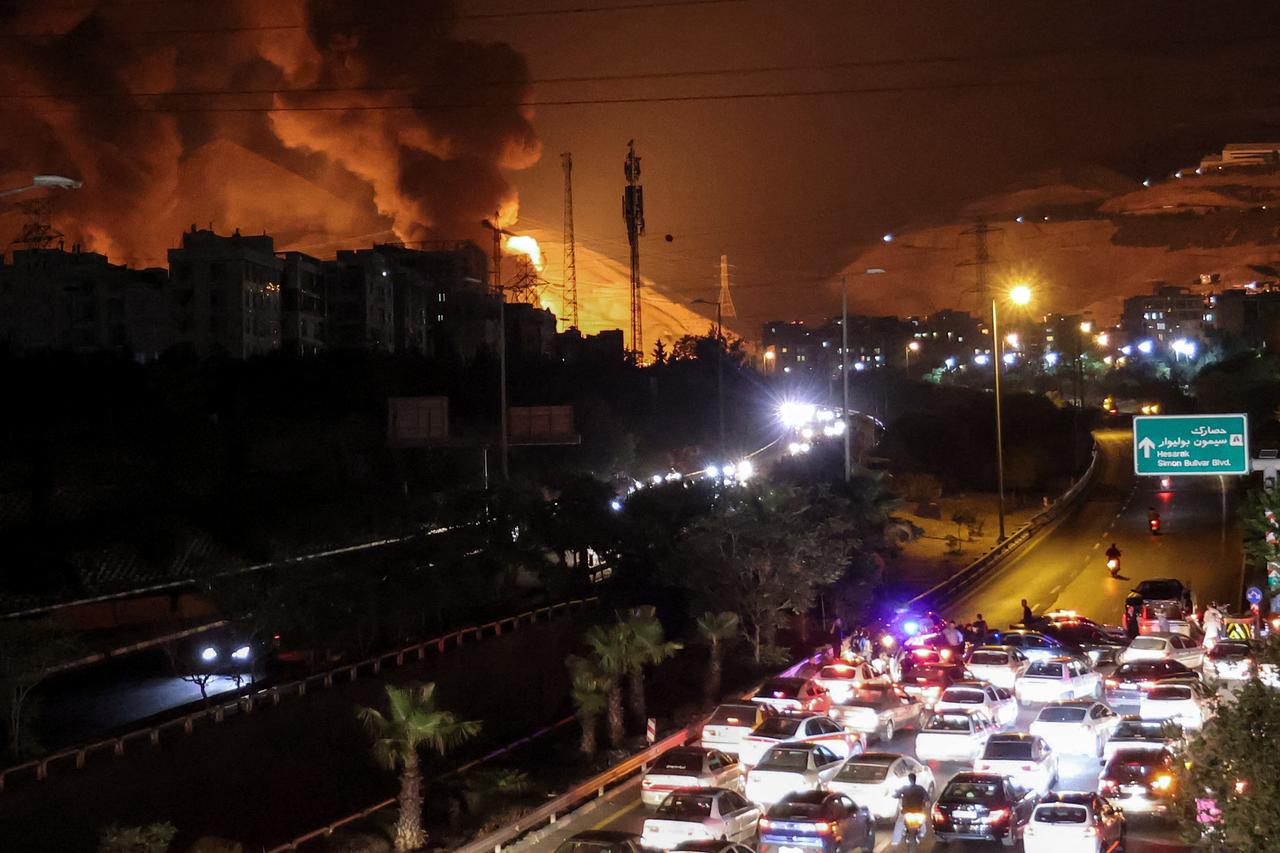
In recent years, Iran has threatened to withdraw from the NPT and has limited cooperation with the IAEA. These steps have increased regional tensions and deepened concerns in the international community about Iran’s intentions to develop nuclear weapons. However, Iranian President Masoud Pezeshkian and other officials emphasize that they are not developing nuclear weapons and are only trying to protect their right to use nuclear energy.
In this context, the differences between the information presented to the public about Iran’s nuclear program and the political rhetoric shape regional and global policies and increase the risk of conflict.

It is important to note that Israel is widely recognized as the only nuclear-armed country in the region, although it has never officially confirmed or denied possessing nuclear weapons. This deliberate policy of “nuclear ambiguity” allows Israel to maintain strategic deterrence without openly declaring its arsenal. Unlike Iran, Israel is not a party to the NPT and is therefore not subject to the same international inspections or transparency requirements. This discrepancy leads to perceptions of double standards in how nuclear programs are treated in the Middle East.
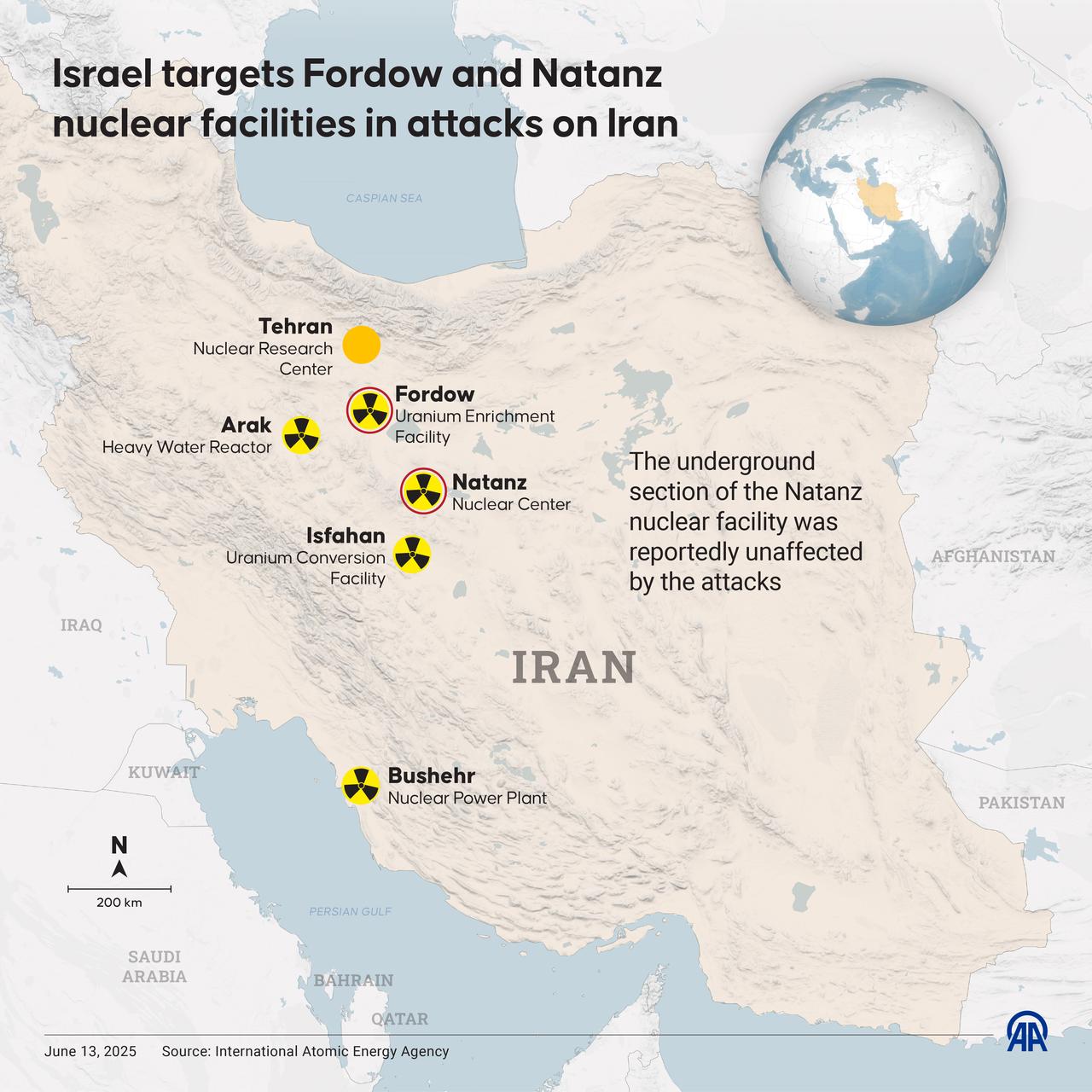
While Iran faces intense scrutiny, sanctions, and demands for transparency regarding its nuclear activities, Israel’s nuclear capabilities remain largely unchallenged by the international community. Other regional countries, such as Saudi Arabia and Egypt, do not possess nuclear weapons, and there is no verified evidence that any other Middle Eastern country besides Israel has developed them.
Many analysts argue that the expectation for Iran to fully comply with strict rules and inspections—rules that Israel does not face—adds to regional tensions and complicates diplomatic efforts. This imbalance fosters skepticism about the true motivations behind the international focus on Iran’s nuclear program and increases the risk of conflict in an already volatile region.

For over 30 years, Israeli Prime Minister Benjamin Netanyahu has repeatedly sounded false alarms about Iran’s nuclear weapons program, setting urgent deadlines that have consistently passed without any proof of an actual bomb. This pattern of misinformation closely resembles the misleading claims that preceded the 2003 U.S.-led invasion of Iraq, which was justified by false assertions about Iraq’s nuclear weapons capabilities.
Timeline of Netanyahu’s misleading statements includes:
1992: Netanyahu warned the Israeli Knesset that Iran was “three to five years” away from nuclear weapons and called for an international coalition to stop the threat.

1995: He reiterated this “three to five years” deadline in his book "Fighting Terrorism."
1996: Addressing the U.S. Congress, Netanyahu predicted “catastrophic consequences” if Iran developed nuclear weapons, saying the deadline was “extremely close.”
2009: Leaked diplomatic cables revealed Netanyahu told U.S. lawmakers Iran was “probably one or two years away” from a bomb and “has the capability now to make one bomb.”

2010–12: Netanyahu escalated his rhetoric, labeling Iran a “messianic apocalyptic cult” and claiming it was “months away” from nuclear weapons. His 2012 U.N. speech, featuring a cartoon bomb, was widely mocked.

2018: He asserted Iran had “stored knowledge” to quickly build a bomb if it chose.
2025: Netanyahu warned Iran could produce a nuclear weapon within months or a year if not stopped.
Despite these repeated and dire warnings, international inspectors and intelligence agencies, including those from Israel, have found no credible evidence that Iran possesses nuclear weapons. This mirrors the Iraq case, where intelligence was manipulated to justify military intervention.
On June 13, Israel carried out targeted attacks on Iran’s nuclear facilities and high-ranking military officials. These attacks resulted in the deaths of Iran’s chief of staff, the commander of the Revolutionary Guards, and nine nuclear scientists. These events intensified long-standing tensions and led to rapid military retaliation between the two sides. .
Iran responded to these attacks with ballistic missile strikes, with Tel Aviv and Haifa—major Israeli cities—coming under heavy missile attack. In these retaliations, at least 24 people in Israel were killed and more than 400 were injured. Israeli airstrikes on the Kermanshah region and the shooting down of nine Iranian unmanned aerial vehicles (UAVs) demonstrate that the conflict is not confined to a limited geographic area but continues on a regional scale.

Israeli Defense Minister Israel Katz’s threatening remarks, “The residents of Tehran will pay the price,” signal that the parties are not nearing reconciliation and that the clashes may deepen. In this tense environment, the United Nations and many countries called for an end to the conflict. Trump stated that an agreement might be possible but warned that Washington could intervene directly if no deal is reached.
Türkiye and some other countries condemned Israel’s attacks and stressed that diplomatic solutions should be prioritized for regional peace and stability. This process highlights the need to reassess the roles and policies of regional actors and global powers in the Iran-Israel conflict.